-
 bitcoin
bitcoin $122659.385674 USD
0.52% -
 ethereum
ethereum $4484.113342 USD
-0.09% -
 bnb
bnb $1304.229256 USD
-0.85% -
 tether
tether $1.000204 USD
-0.03% -
 xrp
xrp $2.860636 USD
-0.51% -
 solana
solana $227.288799 USD
2.36% -
 usd-coin
usd-coin $0.999805 USD
0.01% -
 dogecoin
dogecoin $0.252837 USD
1.18% -
 tron
tron $0.341149 USD
1.12% -
 cardano
cardano $0.830507 USD
0.33% -
 hyperliquid
hyperliquid $45.792319 USD
0.04% -
 chainlink
chainlink $22.422164 USD
1.55% -
 ethena-usde
ethena-usde $1.000283 USD
0.01% -
 sui
sui $3.511389 USD
0.83% -
 stellar
stellar $0.385276 USD
-0.44%
How do DAOs work?
DAOs are blockchain-based organizations governed by smart contracts and token-holder votes, enabling decentralized, transparent decision-making without central control.
Aug 13, 2025 at 11:35 am
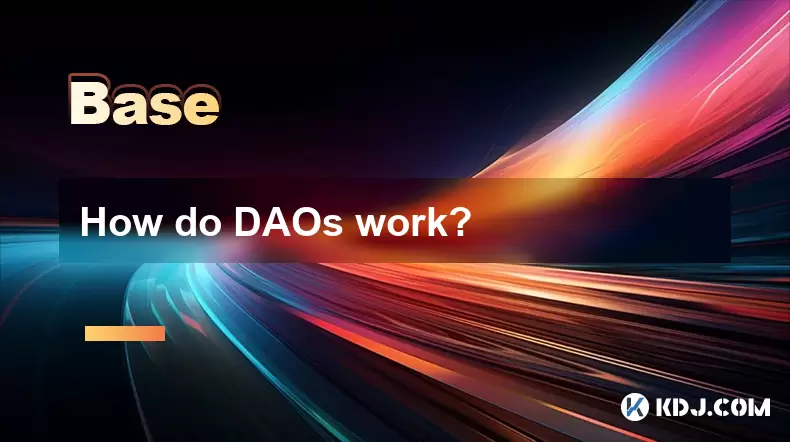
What Are DAOs and Their Core Principles?
A Decentralized Autonomous Organization (DAO) is a community-led entity with no central leadership. It operates on a set of rules encoded as smart contracts on a blockchain, most commonly Ethereum. These rules are transparent, enforced by code, and cannot be altered without community consensus. Members of a DAO typically hold governance tokens, which grant them voting rights on proposals related to the organization’s operations, treasury management, or upgrades. The entire structure eliminates the need for traditional hierarchies, allowing decisions to emerge from collective agreement. The core principles of a DAO include decentralization, transparency, and immutability. Every transaction and vote is recorded on the blockchain, making all activities publicly verifiable.
How Are DAOs Structured and Governed?
DAOs are structured around on-chain governance mechanisms. Governance begins with token distribution—members acquire governance tokens through participation, purchase, or rewards. These tokens determine voting power, often proportional to the number of tokens held. Proposals are submitted by members and voted on by token holders. The process unfolds in several phases:
- A member drafts a proposal, which may include code changes, fund allocation, or new partnerships.
- The proposal is submitted to the DAO’s governance platform, such as Aragon, Snapshot, or Tally.
- Token holders review the proposal and cast votes, typically within a time-limited window.
- If the proposal meets the predefined quorum and approval threshold, the smart contract automatically executes the decision.This structure ensures that no single entity controls the DAO, and all actions reflect the collective will of its members.
Smart Contracts: The Backbone of DAO Operations
The functionality of a DAO is entirely dependent on smart contracts. These self-executing programs run on blockchain networks and enforce the rules of the organization. For example, a smart contract may be programmed to release funds from the DAO treasury only when a proposal receives 60% approval from voters. Key components of DAO smart contracts include: - Voting logic: Defines how votes are counted, what constitutes a quorum, and the duration of voting periods.
- Treasury management: Controls access to the DAO’s funds, ensuring only approved proposals can withdraw assets.
- Membership management: Tracks token balances and verifies voting eligibility.Developers deploy these contracts using platforms like Solidity on Ethereum or Rust on Solana. Once deployed, the code is immutable unless a governance vote approves an upgrade. This immutability ensures trust but also demands rigorous auditing before deployment to prevent exploits.
How to Participate in a DAO: A Step-by-Step Guide
Joining and participating in a DAO involves several technical steps. Individuals interested in contributing must follow this process: - Acquire governance tokens: Purchase tokens on decentralized exchanges like Uniswap or earn them through community contributions such as development, content creation, or moderation.
- Connect a crypto wallet: Use wallets like MetaMask or WalletConnect to interact with the DAO’s platform.
- Access the governance interface: Navigate to the DAO’s official site or platforms like Snapshot.org, where proposals are listed.
- Review active proposals: Examine details such as budget requests, technical changes, or partnership agreements.
- Cast a vote: Sign the transaction using your wallet. Votes are recorded on-chain or off-chain depending on the platform.
- Engage in discussions: Join community forums like Discord or Telegram to debate proposals before voting.This process empowers individuals to influence the DAO’s direction while maintaining full transparency.
Security and Risks in DAOs
Despite their innovative structure, DAOs face significant security risks. The most infamous example is The DAO hack in 2016, where a vulnerability in the smart contract allowed an attacker to drain over $60 million in ETH. This incident underscored the importance of code audits and secure development practices. Common risks include: - Smart contract bugs: Undetected flaws can lead to fund loss or governance manipulation.
- Sybil attacks: Bad actors may create multiple accounts to gain disproportionate voting power.
- Low voter participation: A small subset of token holders may dominate decisions, undermining decentralization.To mitigate these risks, many DAOs employ multi-signature wallets for treasury management, conduct third-party audits, and use delegation systems to improve voter engagement.
Examples of Active DAOs in the Ecosystem
Several DAOs have gained prominence in the cryptocurrency space. MakerDAO governs the DAI stablecoin, allowing token holders to adjust monetary policies like stability fees. Uniswap DAO manages the Uniswap decentralized exchange, with decisions on protocol upgrades and fee structures made by UNI token holders. Aavegotchi combines gaming with governance, enabling players to vote on in-game economy changes. Each of these DAOs demonstrates different applications of decentralized governance, from finance to entertainment. Their success depends on active community involvement and robust technical infrastructure.Frequently Asked Questions
Can anyone create a DAO? Yes, anyone with knowledge of smart contracts and blockchain development can create a DAO. Tools like DAOstack, Aragon, and Colony provide templates and frameworks to simplify the process. Users can customize governance rules, token distribution, and treasury settings without writing code from scratch.How are disputes resolved in a DAO?Disputes are typically addressed through governance votes or community discussions. Some DAOs integrate on-chain dispute resolution mechanisms, where token holders vote to validate or reject contentious actions. Others rely on reputation-based systems or external arbitration services.
What happens if a DAO’s treasury is hacked?If a hack occurs, the funds are usually irrecoverable due to blockchain immutability. However, some DAOs implement time-locked transactions or multi-sig approvals to delay withdrawals, providing a window to respond. Post-hack, the community may vote on recovery strategies, such as issuing new tokens or redistributing losses.
Are DAOs legally recognized?Legal recognition varies by jurisdiction. In the United States, some DAOs have registered as LLCs in Wyoming, which passed legislation acknowledging DAOs as legal entities. Other countries lack clear regulations, creating uncertainty around liability, taxation, and compliance.
Disclaimer:info@kdj.com
The information provided is not trading advice. kdj.com does not assume any responsibility for any investments made based on the information provided in this article. Cryptocurrencies are highly volatile and it is highly recommended that you invest with caution after thorough research!
If you believe that the content used on this website infringes your copyright, please contact us immediately (info@kdj.com) and we will delete it promptly.
- CEA Industries & Jon Najarian: Bridging Traditional Finance with BNB
- 2025-10-09 21:05:16
- Binance Alpha's AB Token Crash: A Cautionary Tale in Cryptocurrency
- 2025-10-09 20:45:17
- Crypto Investors Embrace Stock-Picking: Bitwise CEO's Insight
- 2025-10-09 21:05:16
- Coinbase, Cruise, and Crypto Compliance: Navigating the Waters of Digital Finance
- 2025-10-09 21:10:12
- Crypto ETFs, Altcoins, and Wall Street: Navigating the New Frontier
- 2025-10-09 20:45:17
- Bitcoin's Decade of Dominance: A Super Reason to Hold for the Next 10 Years?
- 2025-10-09 20:25:15
Related knowledge

How does cryptocurrency achieve decentralization?
Sep 30,2025 at 04:37am
Understanding the Foundation of Decentralization in Cryptocurrency1. Cryptocurrency achieves decentralization primarily through the use of blockchain ...
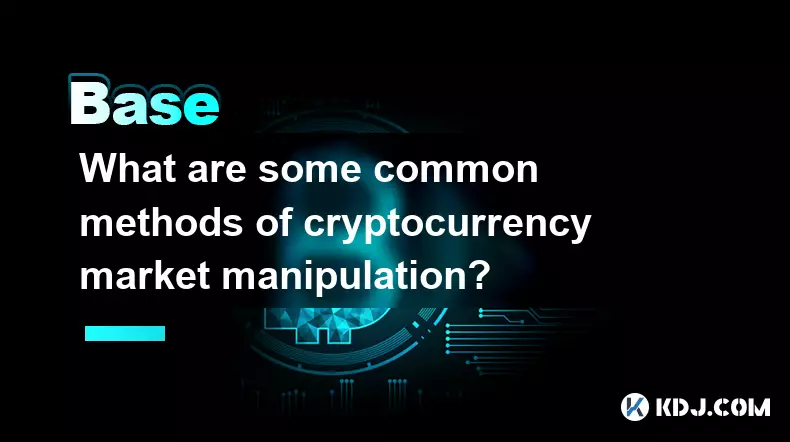
What are some common methods of cryptocurrency market manipulation?
Sep 27,2025 at 02:55am
Wash Trading and Its Impact on Market Perception1. Wash trading involves an individual or entity simultaneously buying and selling the same cryptocurr...
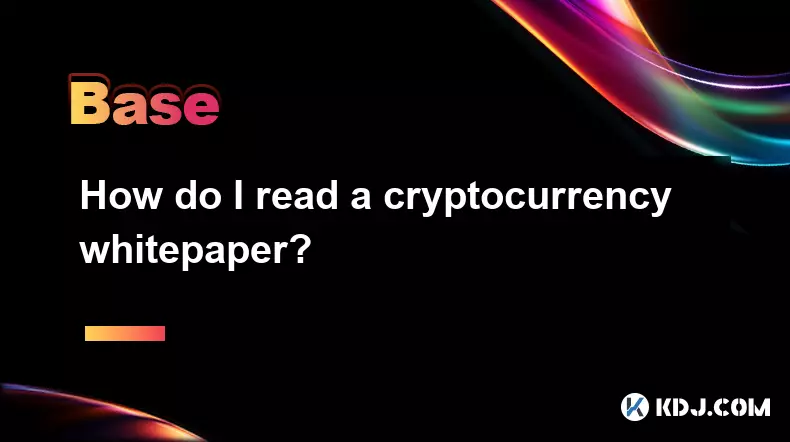
How do I read a cryptocurrency whitepaper?
Sep 27,2025 at 05:54am
Understanding the Structure of a Cryptocurrency Whitepaper1. Begin by identifying the executive summary, which outlines the project’s core vision and ...
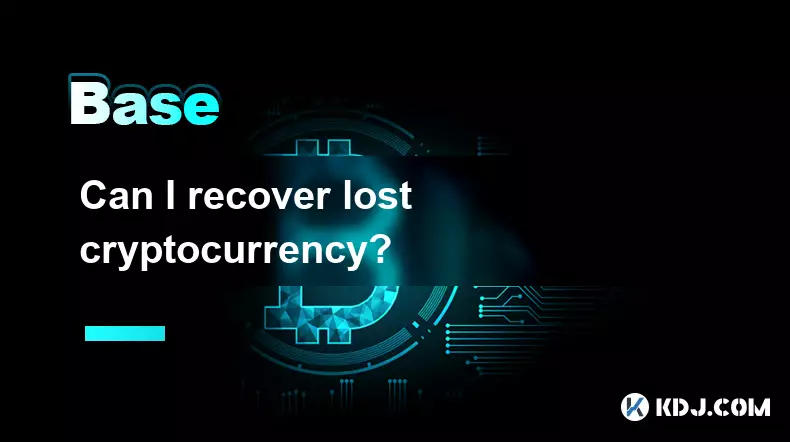
Can I recover lost cryptocurrency?
Sep 25,2025 at 08:18am
Understanding the Nature of Cryptocurrency Loss1. Cryptocurrency operates on decentralized networks, meaning there is no central authority to reverse ...
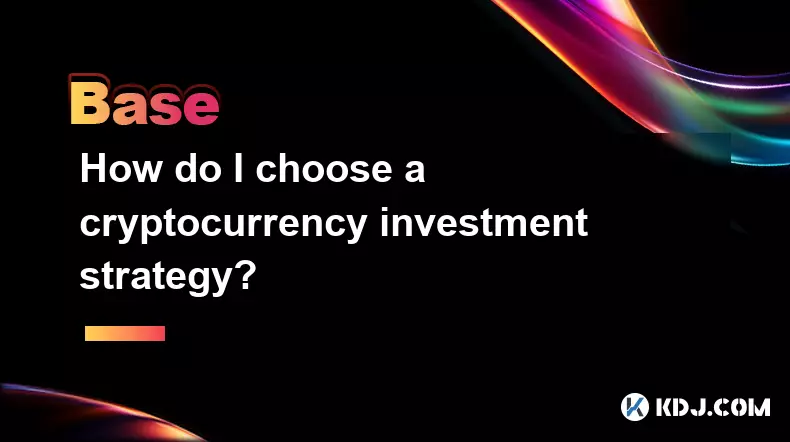
How do I choose a cryptocurrency investment strategy?
Sep 27,2025 at 03:55pm
Understanding Risk Tolerance in Crypto Investing1. Assessing personal risk tolerance is a foundational step when entering the cryptocurrency market. V...
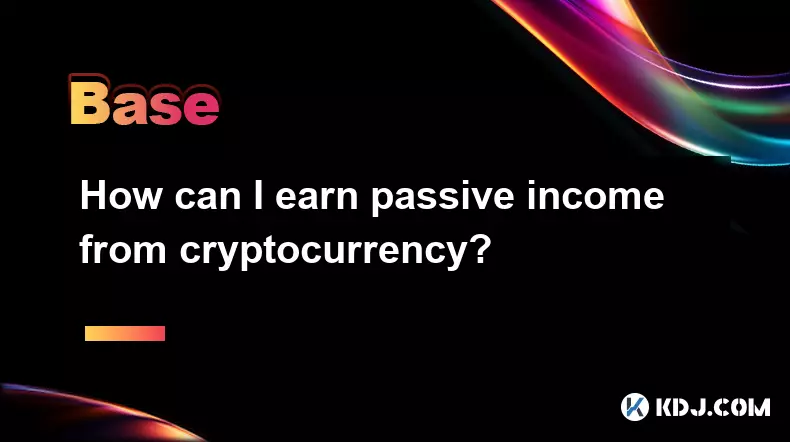
How can I earn passive income from cryptocurrency?
Sep 23,2025 at 10:18am
Staking Cryptocurrencies for Regular Returns1. Many blockchain networks operate on a proof-of-stake (PoS) consensus mechanism, allowing users to earn ...

How does cryptocurrency achieve decentralization?
Sep 30,2025 at 04:37am
Understanding the Foundation of Decentralization in Cryptocurrency1. Cryptocurrency achieves decentralization primarily through the use of blockchain ...

What are some common methods of cryptocurrency market manipulation?
Sep 27,2025 at 02:55am
Wash Trading and Its Impact on Market Perception1. Wash trading involves an individual or entity simultaneously buying and selling the same cryptocurr...

How do I read a cryptocurrency whitepaper?
Sep 27,2025 at 05:54am
Understanding the Structure of a Cryptocurrency Whitepaper1. Begin by identifying the executive summary, which outlines the project’s core vision and ...

Can I recover lost cryptocurrency?
Sep 25,2025 at 08:18am
Understanding the Nature of Cryptocurrency Loss1. Cryptocurrency operates on decentralized networks, meaning there is no central authority to reverse ...

How do I choose a cryptocurrency investment strategy?
Sep 27,2025 at 03:55pm
Understanding Risk Tolerance in Crypto Investing1. Assessing personal risk tolerance is a foundational step when entering the cryptocurrency market. V...

How can I earn passive income from cryptocurrency?
Sep 23,2025 at 10:18am
Staking Cryptocurrencies for Regular Returns1. Many blockchain networks operate on a proof-of-stake (PoS) consensus mechanism, allowing users to earn ...
See all articles


















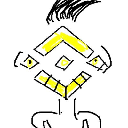


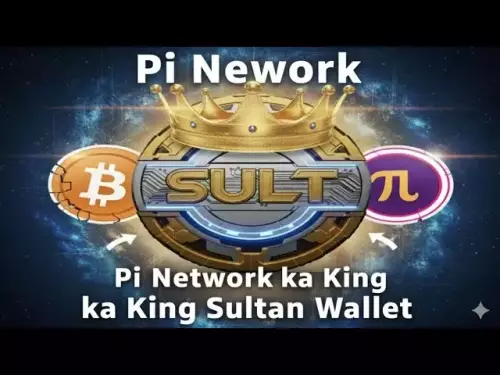



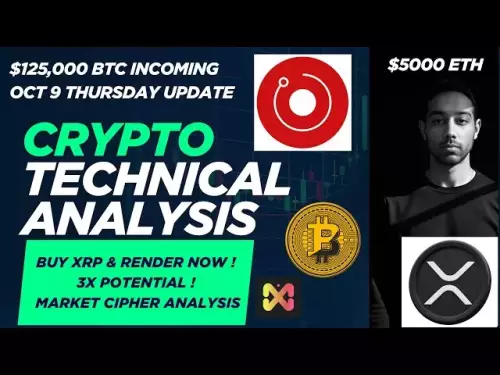
![🚨IS VECHAIN (VET) A DEAD COIN ?? PRICE ANALYSIS [GET READY NOW] 🚨IS VECHAIN (VET) A DEAD COIN ?? PRICE ANALYSIS [GET READY NOW]](/uploads/2025/10/09/cryptocurrencies-news/videos/vechain-vet-dead-coin-price-analysis-ready/68e7b200b067b_image_500_375.webp)















































